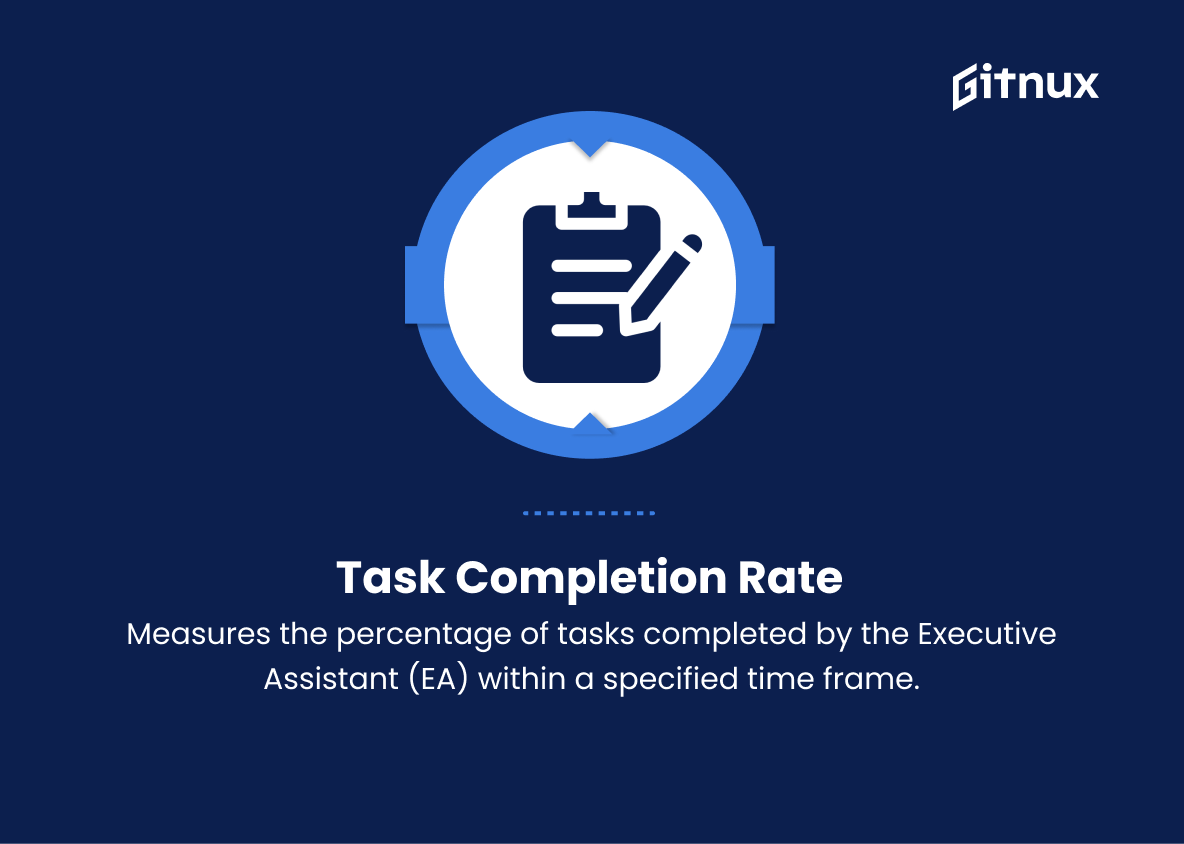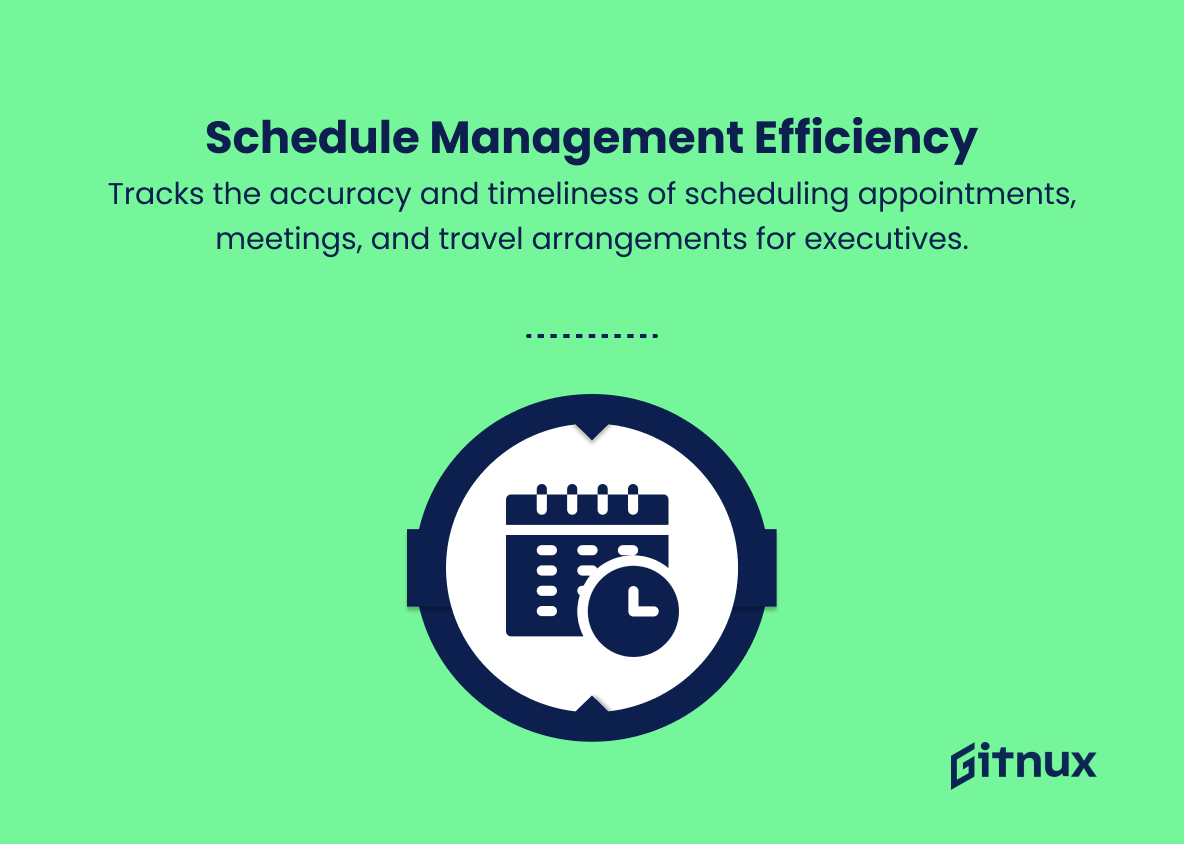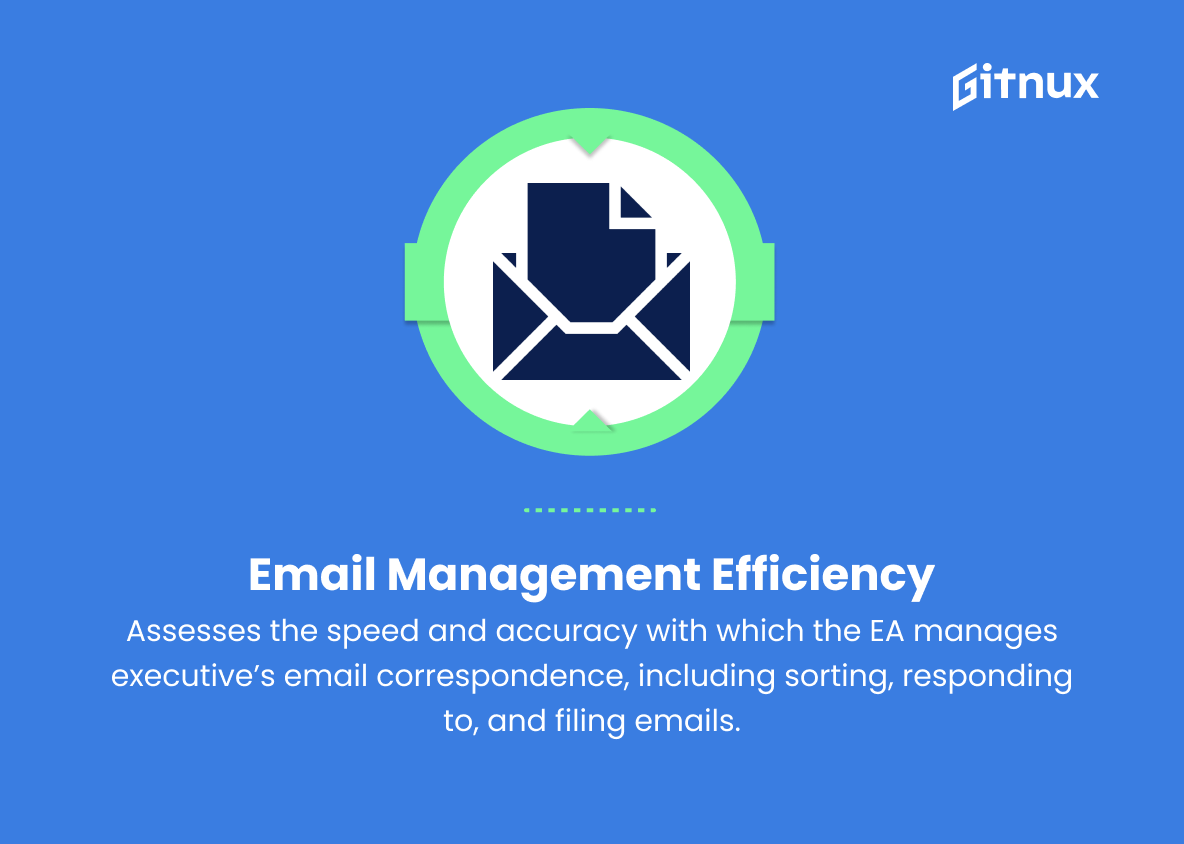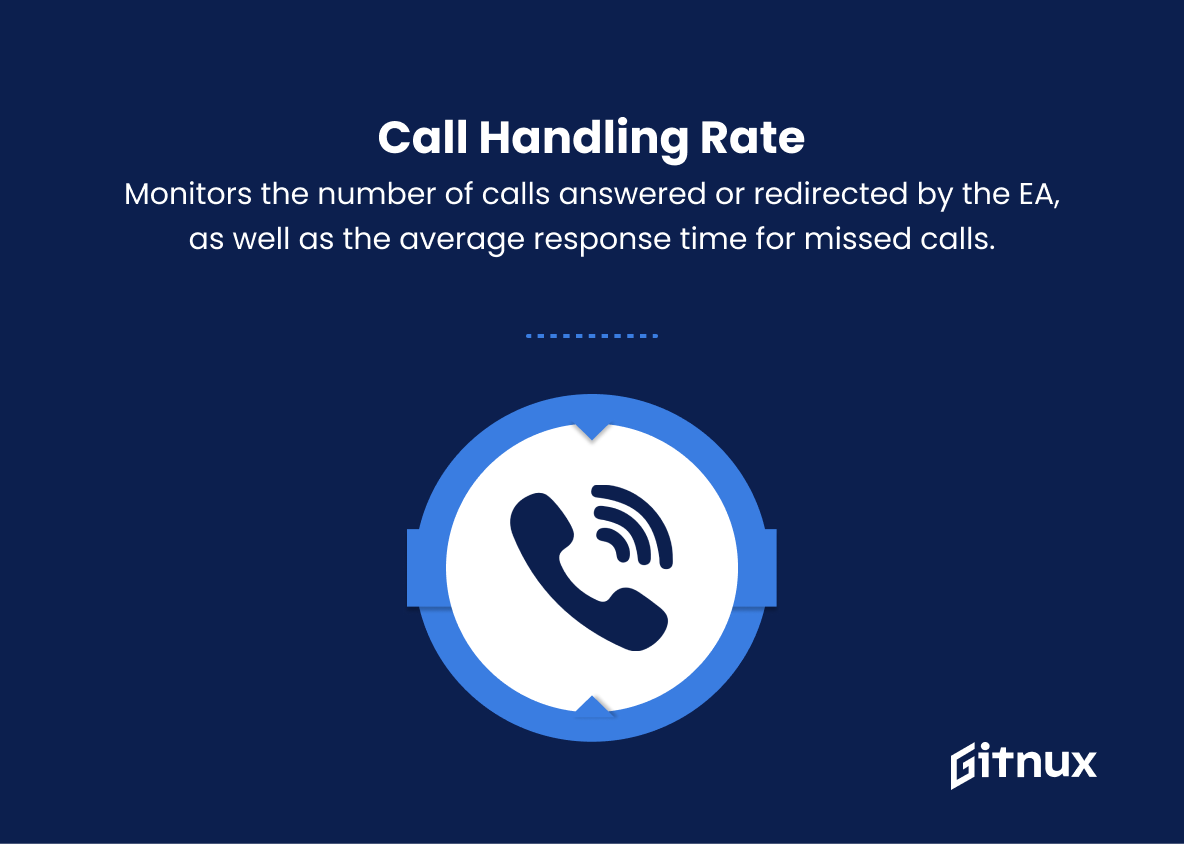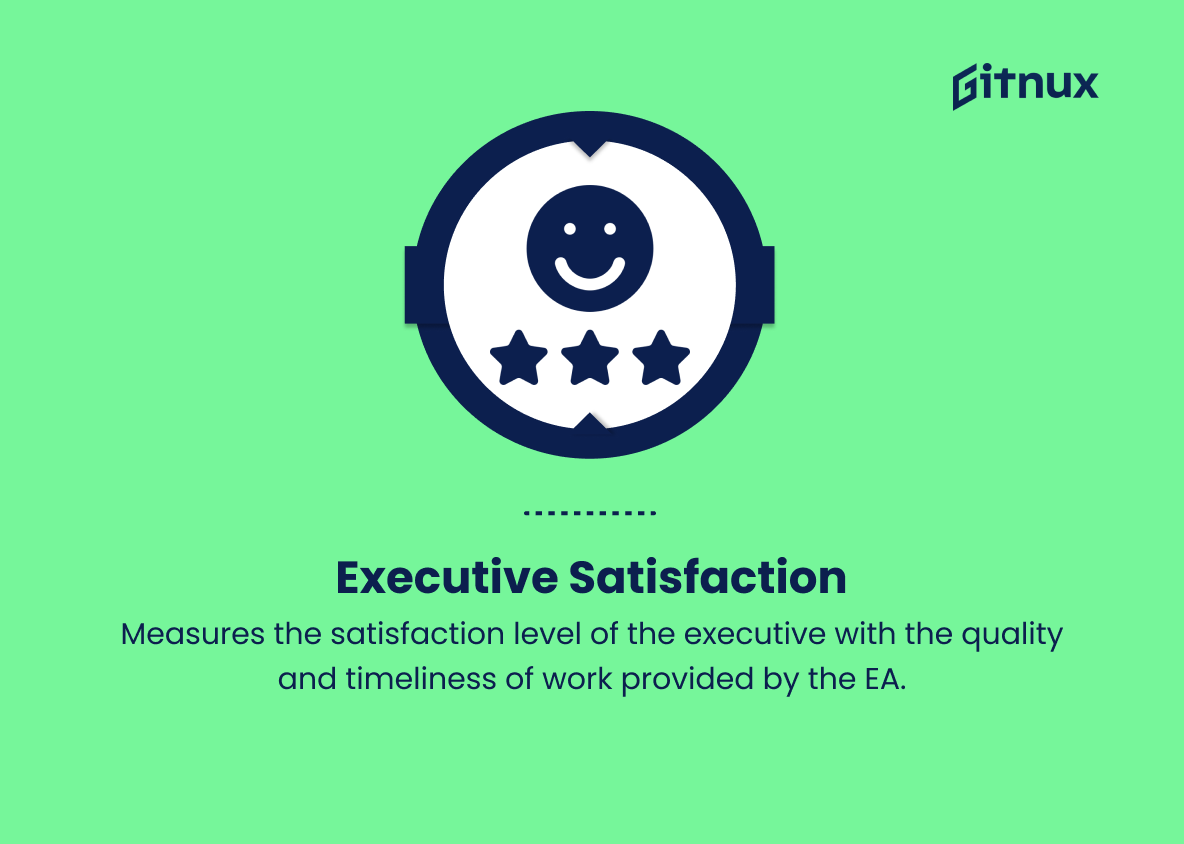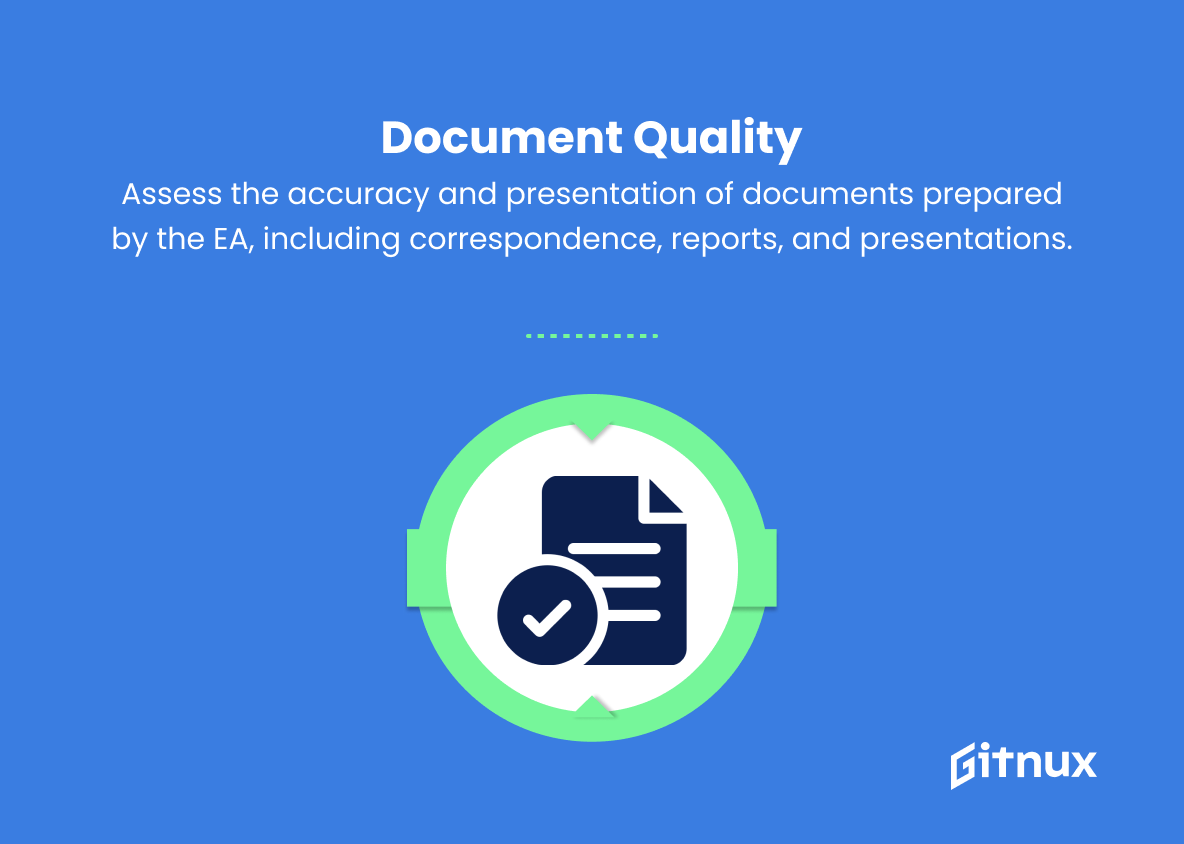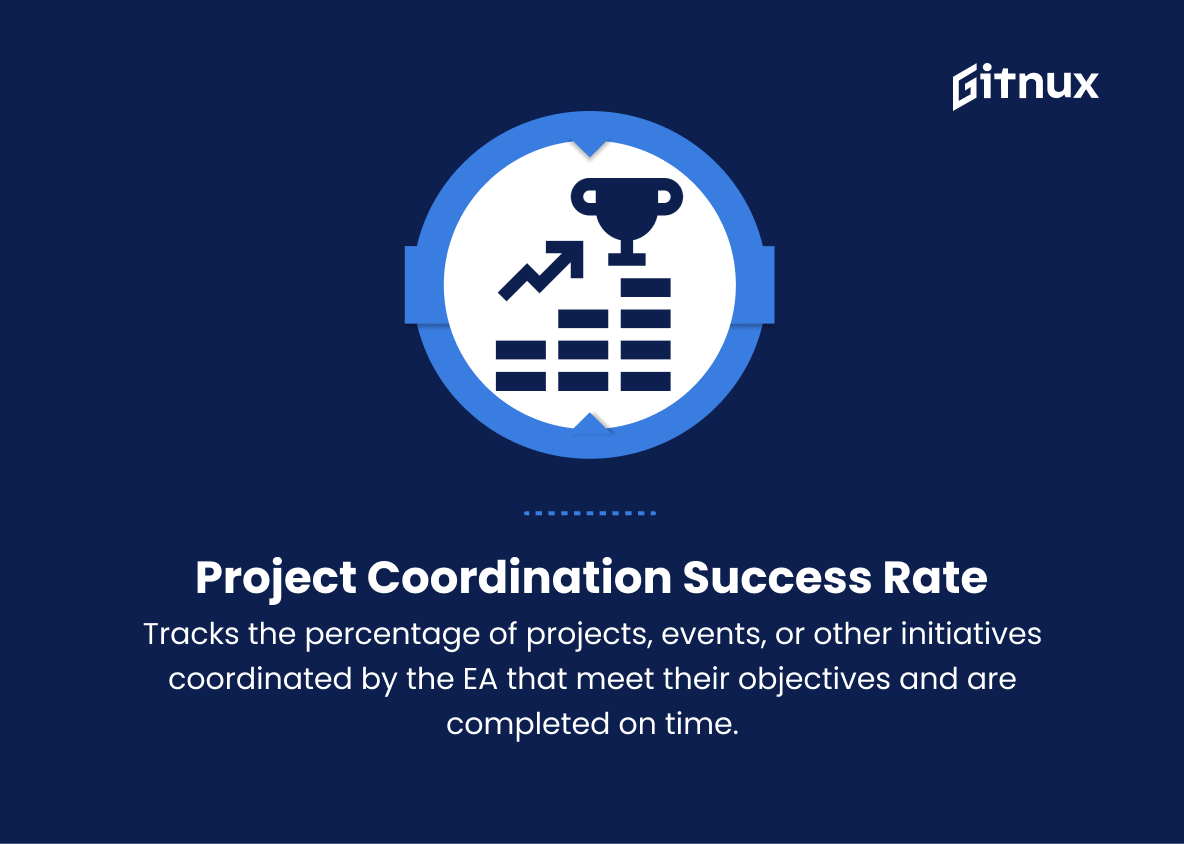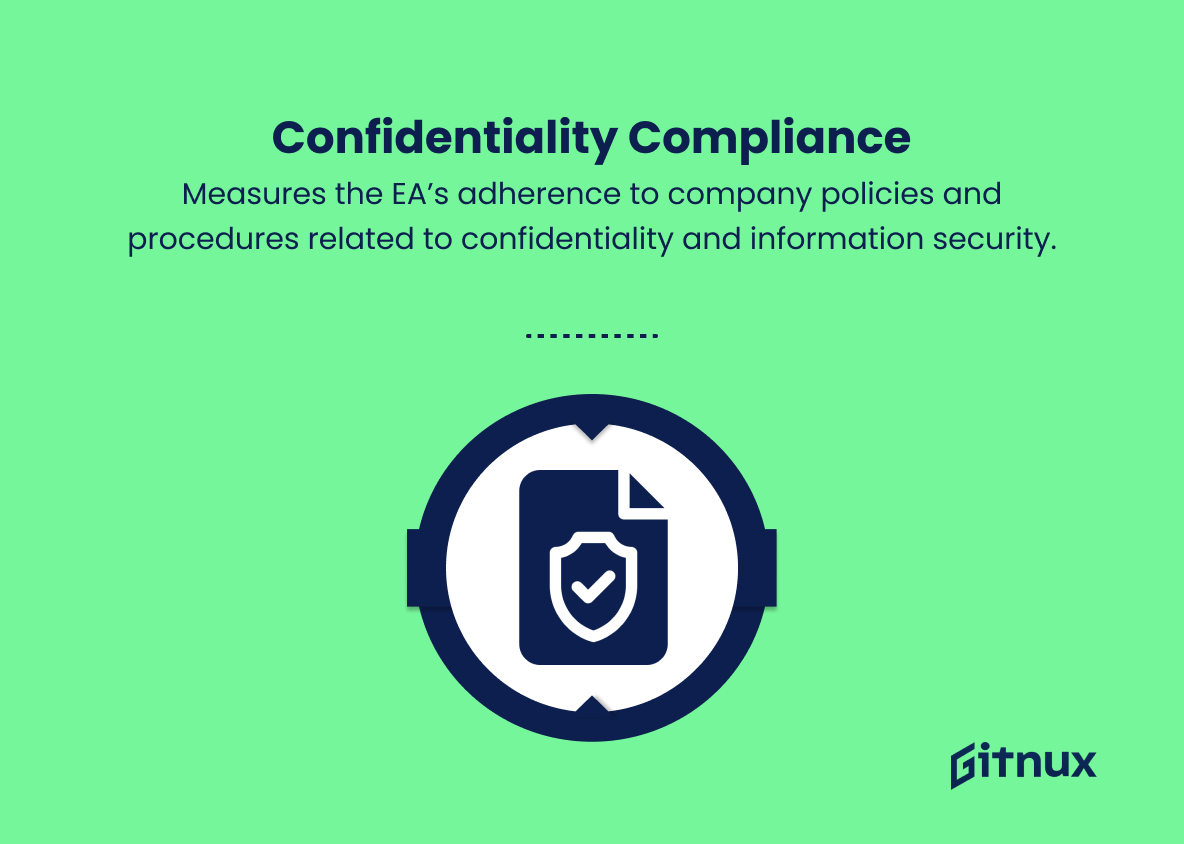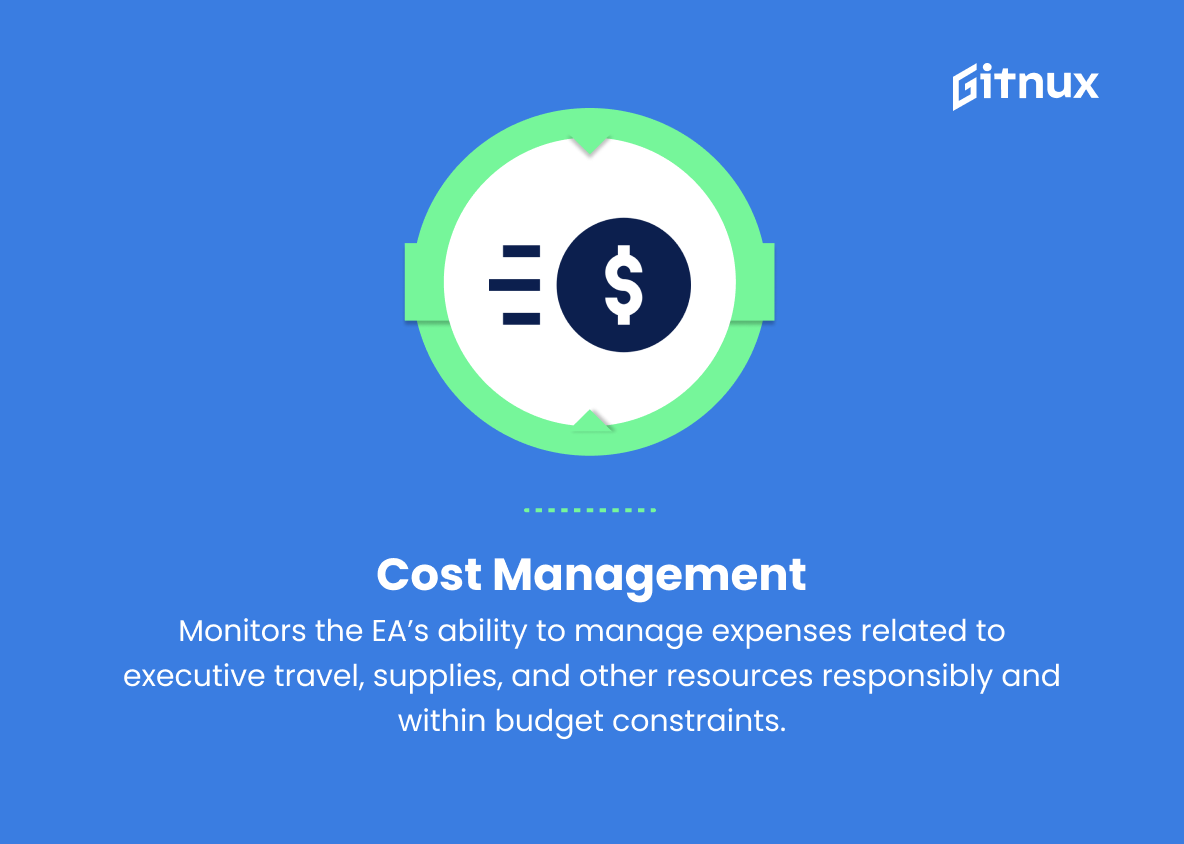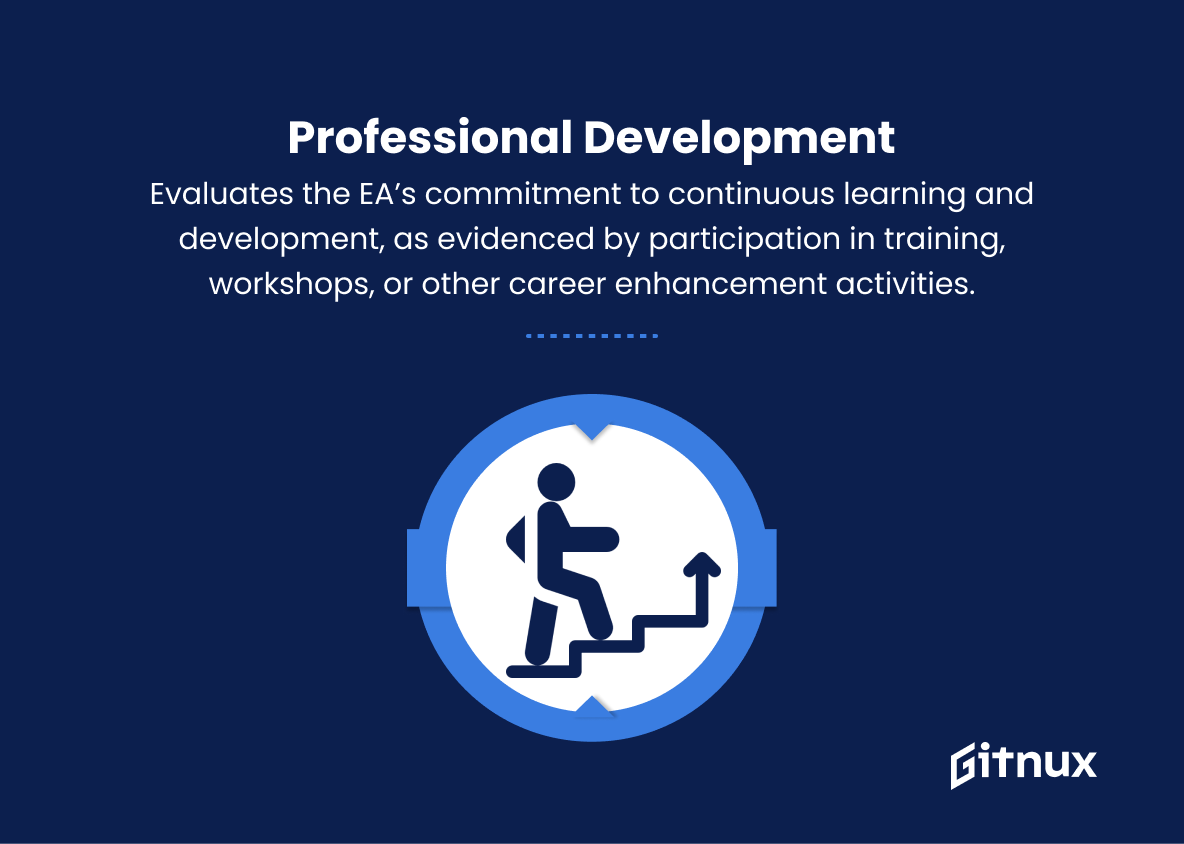In today’s fast-paced business world, an efficient and effective executive assistant is crucial to the success of any organization. Executive assistants not only manage day-to-day operations and support top-level executives, but they also serve as the backbone of communication, organization, and productivity within a company.
To ensure that executive assistants are performing at their best, it’s essential to establish clear and precise Key Performance Indicators (KPIs) that can be measured, monitored, and evaluated on a regular basis.
In this blog post, we will delve into the various KPIs that are critical to the success of executive assistants and discuss how these KPIs can contribute to the overall performance and growth of an organization. So, let’s dive into the world of Executive Assistant KPIs and unveil the secrets behind maximizing their potential.
Executive Assistant KPIs You Should Know
1. Task Completion Rate
Measures the percentage of tasks completed by the Executive Assistant (EA) within a specified time frame. This helps to understand the efficiency and productivity of the EA in managing their workload.
2. Schedule Management Efficiency
Tracks the accuracy and timeliness of scheduling appointments, meetings, and travel arrangements for executives. This highlights the EA’s ability to manage time and resources effectively.
To ensure that executive assistants are performing at their best, it’s essential to establish clear and precise Key Performance Indicators (KPIs) that can be measured, monitored, and evaluated on a regular basis.3. Email Management Efficiency
Assesses the speed and accuracy with which the EA manages executive’s email correspondence, including sorting, responding to, and filing emails. This demonstrates the EA’s ability to handle high volumes of communication on behalf of the executive.
4. Call Handling Rate
Monitors the number of calls answered or redirected by the EA, as well as the average response time for missed calls. This helps gauge the EA’s availability and responsiveness to handle incoming inquiries and requests.
5. Executive Satisfaction
Measures the satisfaction level of the executive with the quality and timeliness of work provided by the EA. This is typically assessed through periodic feedback and helps to identify areas for improvement or praise.
6. Document Preparation and Formatting Quality
Assess the accuracy and presentation of documents prepared by the EA, including correspondence, reports, and presentations. This showcases the EA’s attention to detail and proficiency in various software applications.
7. Project Coordination Success Rate
Tracks the percentage of projects, events, or other initiatives coordinated by the EA that meet their objectives and are completed on time. This highlights the EA’s effectiveness in planning, organizing, and executing various tasks.
8. Confidentiality Compliance
Measures the EA’s adherence to company policies and procedures related to confidentiality and information security. This is crucial for maintaining the trust and confidence of executives and ensuring sensitive data is protected.
By carefully selecting and monitoring these key performance indicators, organizations can effectively manage, evaluate, and improve the productivity and efficiency of their Executive Assistants.9. Cost Management
Monitors the EA’s ability to manage expenses related to executive travel, supplies, and other resources responsibly and within budget constraints. This helps to maintain financial accountability and optimize resource use.
10. Professional Development
Evaluates the EA’s commitment to continuous learning and development, as evidenced by participation in training, workshops, or other career enhancement activities. This demonstrates a proactive approach to personal and professional growth.
Executive Assistant KPIs Explained
The KPIs for Executive Assistants are essential in evaluating their efficiency and effectiveness in managing tasks, schedules, correspondence, and resources on behalf of their executives. Task Completion Rate provides insight into the EA’s productivity, while Schedule Management Efficiency and Email Management Efficiency highlight their ability to organize time and manage high volumes of communication. Call Handling Rate helps to evaluate their availability and responsiveness in addressing inquiries.
Additionally, Executive Satisfaction, Document Preparation and Formatting Quality, and Project Coordination Success Rate all serve to assess the EA’s skill in providing quality work and meeting expectations. Confidentiality Compliance ensures that sensitive information is protected, and Cost Management helps maintain financial accountability.
Finally, Professional Development demonstrates the EA’s commitment to continuous learning and growth, ensuring they stay updated on relevant skills and tools. These KPIs not only provide executives with a comprehensive understanding of their EA’s performance but also help to identify areas of improvement and development, ultimately driving overall success for the organization.
Conclusion
In conclusion, Executive Assistant KPIs play a crucial role in measuring and driving the performance of an executive support professional. By carefully selecting and monitoring these key performance indicators, organizations can effectively manage, evaluate, and improve the productivity and efficiency of their Executive Assistants.
Remember, establishing clear, realistic, and relevant KPIs not only helps Executive Assistants stay focused on their goals, but also encourages continuous professional growth and development. Thus, the bottom line is that strategic KPIs are essential for fostering a successful and progressive work environment, enabling both the Executive Assistant and the organization to reap the benefits of a strong, consistent, and goal-oriented performance management system.
